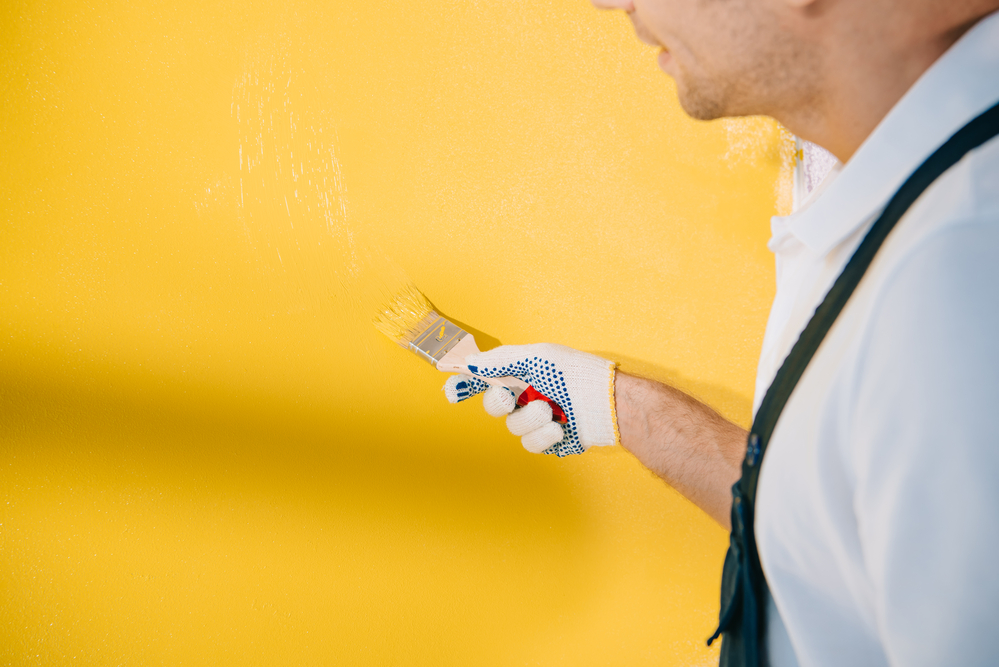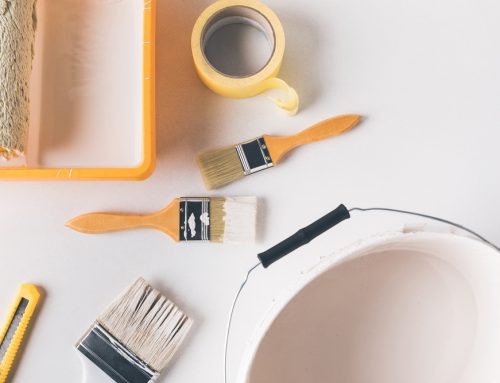Paint is paint, right? Wrong. Unfortunately, even if you have the perfect paint leftover from painting your interior walls, you cannot use that paint for your exterior. This is because certain kinds of paint are used for either the interior or exterior with different properties, and they are not the same.
Find out more about our Boynton Beach painting company
Paints Used for the Interior Versus the Exterior Painting of My Home
Paints have a lot of variation to them. Some apply better on different surfaces, while others dry with a different appearance or finish. Exterior paints also tend to have better durability, making them perfect for handling weather elements.
Interior vs. Exterior
Your exterior paints need to be able to withstand all different kinds of environments. This means potential storms, snow, hail, or even blazing sun. Your home will at the very least be exposed to the sun at all times, so it needs to be able to keep the original coloring regardless of how warm it may be.
Interior paints won’t need to deal with these external weather elements. However, you tend to notice any imperfections on interior painted surfaces—so interior paints should be able to be cleaned and maintained easily.
Main Difference
When you compare interior and exterior paints, the main difference is usually in the choice of resin. Because exterior paint needs to survive moisture and temperatures of all ranges, resisting fading, chipping, and peeling, the resin used must be softer and more flexible.
This is in contrast to interior paints, which do not need to withstand temperature changes or weather. They do need to be strong against smearing and scuffing, though, so the resins will be more rigid.
Coloring
Beyond the resins in the paint, there is also a difference in one major factor: color. Interior paints tend to use organic pigments that will not leave you with harsh odors in your home but are not as durable. Exterior paints will have harsher chemicals to make that color pop, but they also will not fade very quickly.
Why Not Use Exterior Paint Indoors?
You might think that because exterior paint is more durable, it’s better to just use it inside too. Avoid this, because exterior paint uses many more chemicals, and therefore the process of outgassing occurs.
Outside, this outgassing process will only last for about two days, although this is something that can continue for years in smaller amounts. You will always be smelling chemicals inside your home if you use exterior paint indoors. Most interior paints are made to withstand some scrubbing and washing, so regular interior paint should already be durable enough.
Type of Paint
What type of paint should you use then? Outdoors, if you have stucco and masonry, take a look at types of paint with a flat sheen. These let the surface breathe so that moisture can escape through the paint, which is especially important when it comes to bricks.
Indoors, you can use your regular indoor paint to color your walls. You may also consider using a “universal” paint, which can indeed be used both indoors and outdoors. Granted, these paints have their own disadvantages. Ultimately, you would be better off choosing a paint made specifically for either the interior or exterior.
Conclusion
You might be tempted to use your exterior paints indoors, but really, you should use the proper type of paint for either part of your house. Painting your exterior with the right paint will keep it looking great for years no matter the weather, while using the proper interior paint will prevent any problems with gassing or chemicals as you go about your day.



